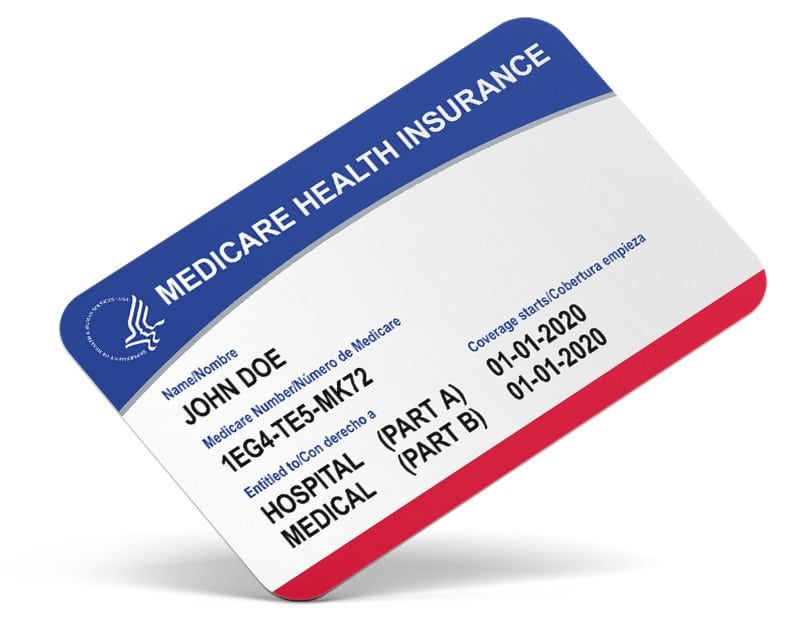Medicare - Part D
PRESCRIPTION DRUG PLANS (PART D)
WHAT IS MEDICARE - PART D?
Medicare Part D, simply put, is your prescription drug coverage. Part D is available from private insurers to anybody who is enrolled in Part A and permanently resides in the Drug Plan's service region. Since various insurers provide different types of plans, your premium and out-of-pocket payments for prescription medicines will vary.
Medicare Part D coverage is available through either a stand-alone Medicare drug plan or a Medicare Advantage plan. Both are accessible from commercial insurance firms that are Medicare-approved. Our agents are contracted to offer both types of plans.
Medicare Part D coverage is optional, but if you don't enroll in it as soon as you're eligible, you may have to pay a late-enrollment penalty. Your late enrollment penalty will be deducted from your monthly social security check, for the rest of your life. We can help screen you for late fee penalties.
Our agents specialize in Prescription Drug Plans and can assist you with cost analysis and different levels of coverage. We can also help assist your enrollment in the Medicare Prescription Payment Plan to help evenly spread the costs of your drugs & help with the beginning of the year deductibles.
WHAT DO MEDICARE - PART D PLANS COVER?
All plans must cover a wide variety of prescription pharmaceuticals taken by Medicare beneficiaries, including the majority of drugs in certain "protected classes," such as those used to treat cancer or HIV/AIDS. A "formulary" is a list of covered prescriptions in a plan, and each plan has its own formulary. On their formularies, several plans categorize pharmaceuticals into multiple categories known as "tiers." Each tier of drugs has a varied price. A drug in a lower tier, for example, will normally cost less than a medicine in a higher tier.
WHO IS ELIGIBLE FOR MEDICARE PART D?
You are eligible for Medicare Part D if:
- You are 65 years of age or older.
- You have a qualifying disability for which you have been receiving Social Security Disability Insurance (SSDI) for more than 24 months.
- You have been diagnosed with End-Stage Renal Disease (permanent kidney failure requiring a kidney transplant or dialysis).
- You are entitled to Medicare Part A or Part B. You should consider Part D if you enroll in Original Medicare and you:
- Have a regular prescription drug need.
- Will have a prescription drug need in the future.
- Have trouble paying for your current prescription drug needs.
- Do not have prescription drug coverage.
- Want to avoid a penalty.
Need Extra Help Paying For Prescription Drug Coverage?
CALL US TODAY TO LET US WALK YOU THROUGH YOUR OPTIONS TO MEET YOUR SPECIFIC NEEDS

Costs of Medicare Part D
For 2022, the national average monthly cost for Medicare Part D is $38.18. This is a decrease from $43.07 in 2021.
Households with a high income pay considerably more. This income-related monthly adjustment amount (IRMAA) is in addition to the usual Part D cost.
You may also be charged a deductible or a copay.
Keep In Mind
- No plan covers every drug.
- The same drug can cost much more or much less, depending on the plan.
- Plan costs — including premiums, deductibles and copays — can fluctuate each year.
Is A Medicare Part D Plan Right For You?

YES
- You’re enrolled in Original Medicare (Parts A and B).
- You want peace of mind knowing you’ll have help with many of the costs that Original Medicare doesn’t cover.
- You’d like the flexibility to see any doctor who accepts Medicare, not just the doctors in a network, and without referral.
- You see a doctor who charges more than the Medicare-approved amount for care.
- You’d like to buy separate dental and vision insurance once you’re enrolled.

NO
- You’re not enrolled in Original Medicare (Parts A and B).
- You have coverage from an employer that pays all or some of the costs that Original Medicare doesn’t cover.
- You have coverage through your union that pays all or some of the costs that Original Medicare doesn’t cover.
- You’re going to sign up for a Medicare Advantage plan (Part C).
Other Parts Of Medicare
Frequently Asked Questions About Medicare Part D
-
Is Medicare Part D automatically deducted from Social Security?
If you receive Social Security retirement or disability benefits, your Medicare premiums can be automatically deducted. The premium amount will be taken out of your check before it’s either sent to you or deposited.
This automatic deduction generally applies to your Part B premium, but you can also set it up for many Part C and Part D plans.
-
Is Medicare Part D based on income?
Yes. If you have a higher income, you might pay more for your Medicare drug coverage. If your income is above a certain limit ($87,000 if you file individually or $174,000 if you’re married and file jointly), you’ll pay an extra amount in addition to your plan premium (sometimes called “Part D-IRMAA”). You’ll also have to pay this extra amount if you’re in a Medicare Advantage Plan that includes drug coverage.
-
What is the penalty for not having Part D?
The cost of the late enrollment penalty depends on how long you went without Part D or creditable prescription drug coverage.
Medicare calculates the penalty by multiplying 1% of the "national base beneficiary premium" ($33.37 in 2022) times the number of full, uncovered months you didn't have Part D or creditable coverage. The monthly premium is rounded to the nearest $.10 and added to your monthly Part D premium.
The national base beneficiary premium may change each year, so your penalty amount may also change each year.
-
Do I need Medicare Part D if I have an advantage plan?
Some Medicare Advantage Plans allow you to choose your own standalone Medicare Part D Prescription Drug plans, while others include a predetermined plan. You cannot have a standalone Medicare Part D plan if your Medicare Advantage plan already includes prescription coverage.
All Rights Reserved | Hudson Valley Medicare Group
Not connected with or endorsed by the U.S. government or the federal Medicare program. This is a solicitation of insurance, and your response may generate communication from a licensed producer/agent.
